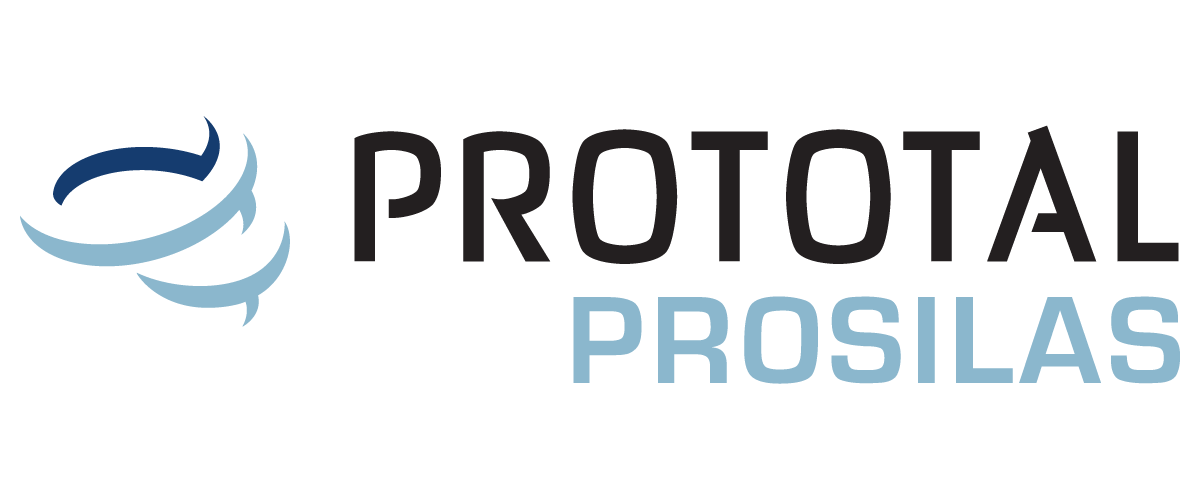Bimota + Prosilas Case History
Thanks to Prosilas’ additive manufacturing, the Rimini-based company develops new high-performance models within a few months. This cuts down both time and costs, resulting in absolute excellence on the road and the track.
Bimota is the historic motorcycle manufacturer, founded in Rimini in 1973. Over the years, the company has undergone various changes and evolutions, leading to its revival through the acquisition by Kawasaki Heavy Industries: 49.9% in 2019, eventually increasing to 100% at the beginning of 2023. Now, Bimota can rely on Kawasaki’s technology supply, including engines, and its sales network.
“We started designing the new Tesi H2 right away: carbon bodywork and a supercharged, high-performance engine with the highest category performance, boasting 230 horsepower for the Euro 4 version and 200 for the Euro 5,” confirms Pierluigi Marconi, Bimota’s technical director. “However, we soon encountered an unforeseen obstacle – the Covid pandemic and the need to work from home. It turned out to be an opportunity to change our approach and design the entire motorcycle in 3D, opening up a range of interesting possibilities.”
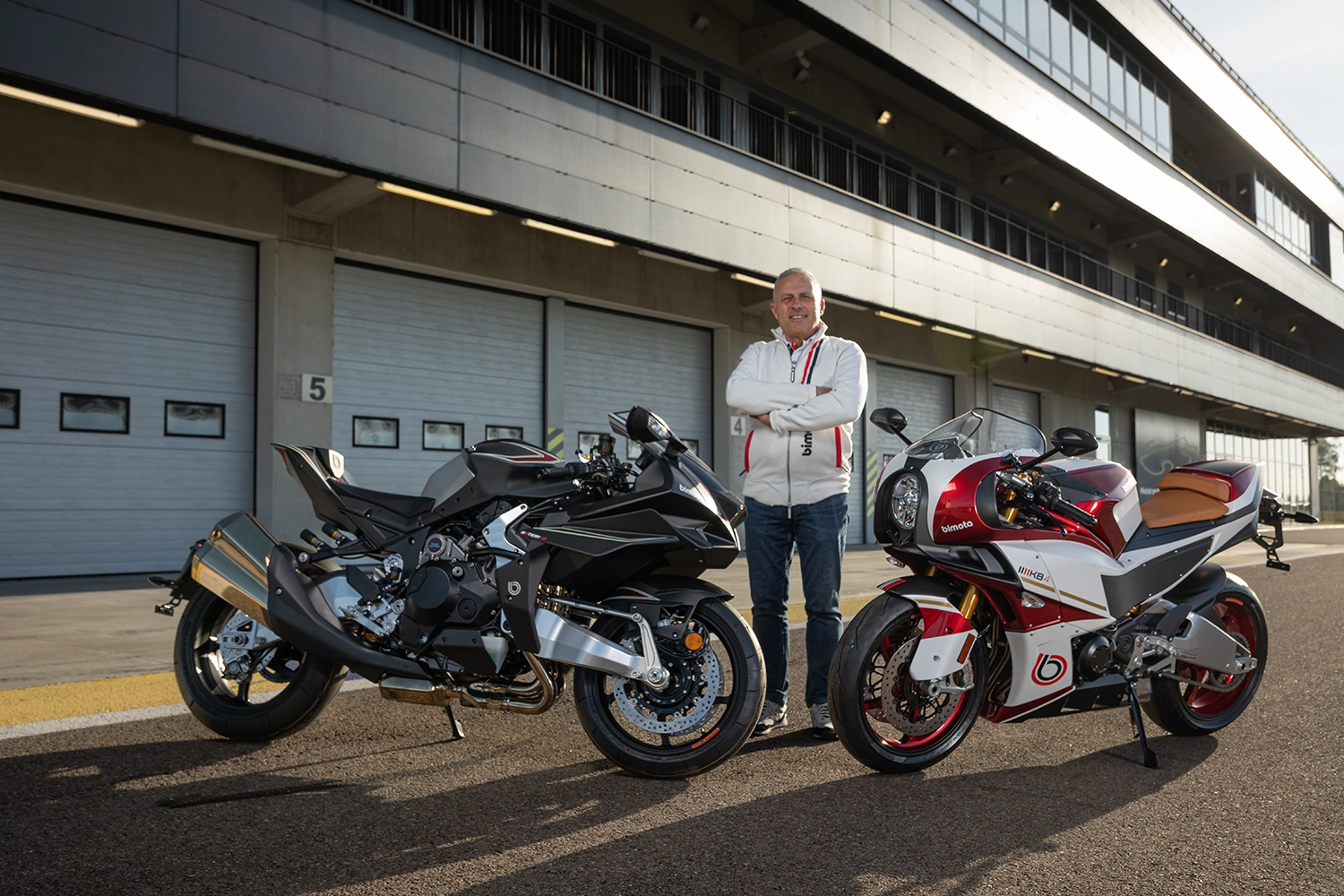
Pierluigi Marconi , Bimota Tecnical Director. Tesi H2 and KB4
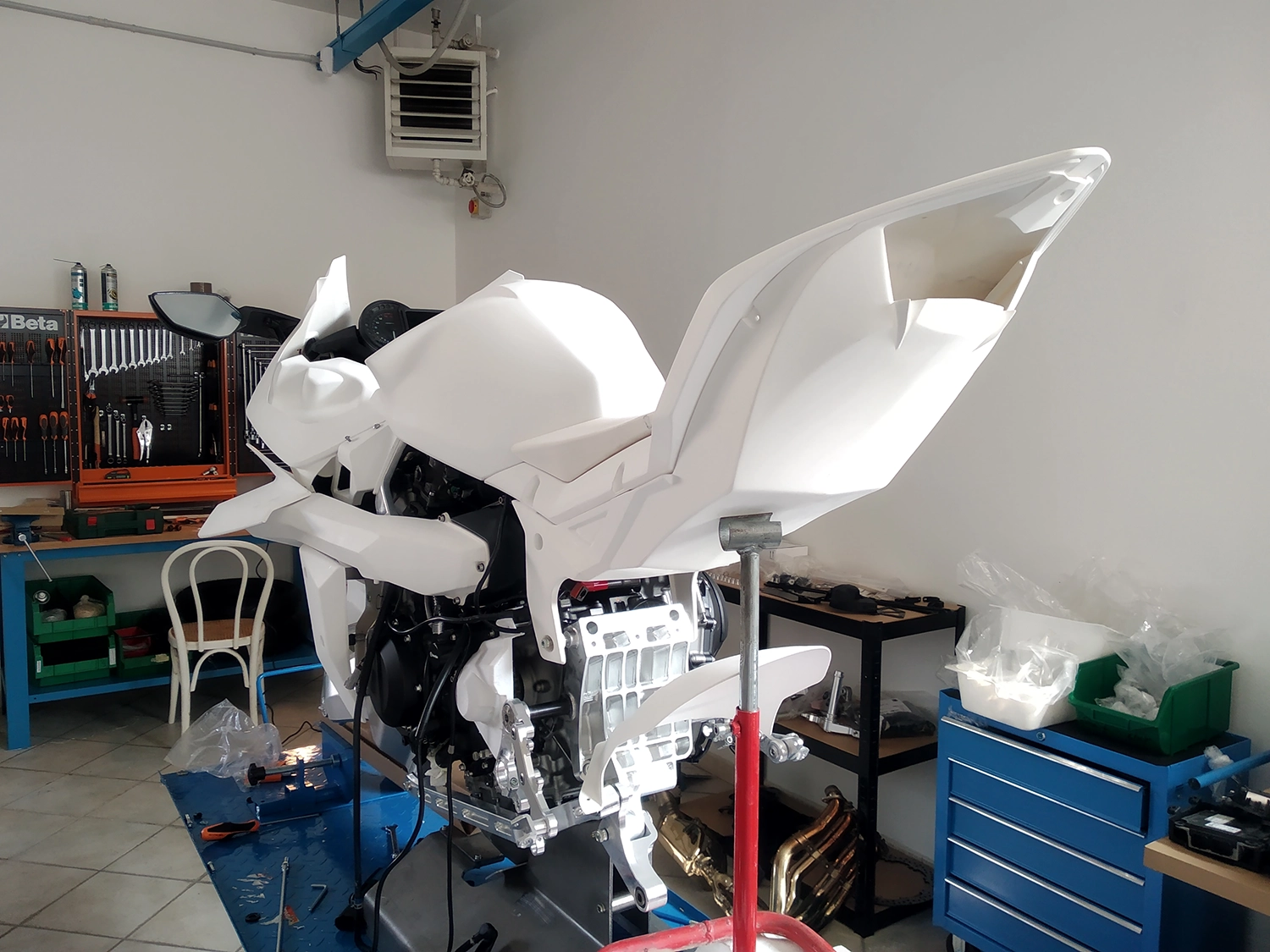
In the Bimota workshop, the prototype of the Tesi H2.
From 12 to 4 months for the prototype.
Having the 3D model of each part of the motorcycle is undoubtedly advantageous because it allows for virtual testing and evaluating the actual correctness of certain decisions made by the designer on the screen.
However, “there still comes a time when you have to touch the pieces, assemble them, and understand how they behave to determine if the choices made are correct,” adds Marconi. “In the past, it was necessary to manually create clay prototypes, from which rapid molds for fiberglass had to be constructed. A costly and laborious process, whose results were not always precise.
Now, with the 3D files available, we have the opportunity to have them printed through rapid prototyping services: this is how we got to know Prosilas.”
From the idea to the first exhibition mockups, it is possible to reduce the timeline from approximately 12 to 4 months, with a clear reduction in associated costs. Once the validity of the project is confirmed, the production of equipment begins. Marconi continues, ‘The development proceeds very quickly, the fine-tuning of components takes a few weeks, and a 3D-printed prototype is obtained from the file within a couple of days.
We check if the geometries and modifications are correct or if further adjustments are needed. In this case, it is sufficient to send the file back to Prosilas to obtain the new printed piece for testing. Typically, with a couple of iterations, we achieve the best possible result. Previously, mold adjustments were necessary, a very costly activity: at best, it required some modifications, and sometimes even a complete remake.”
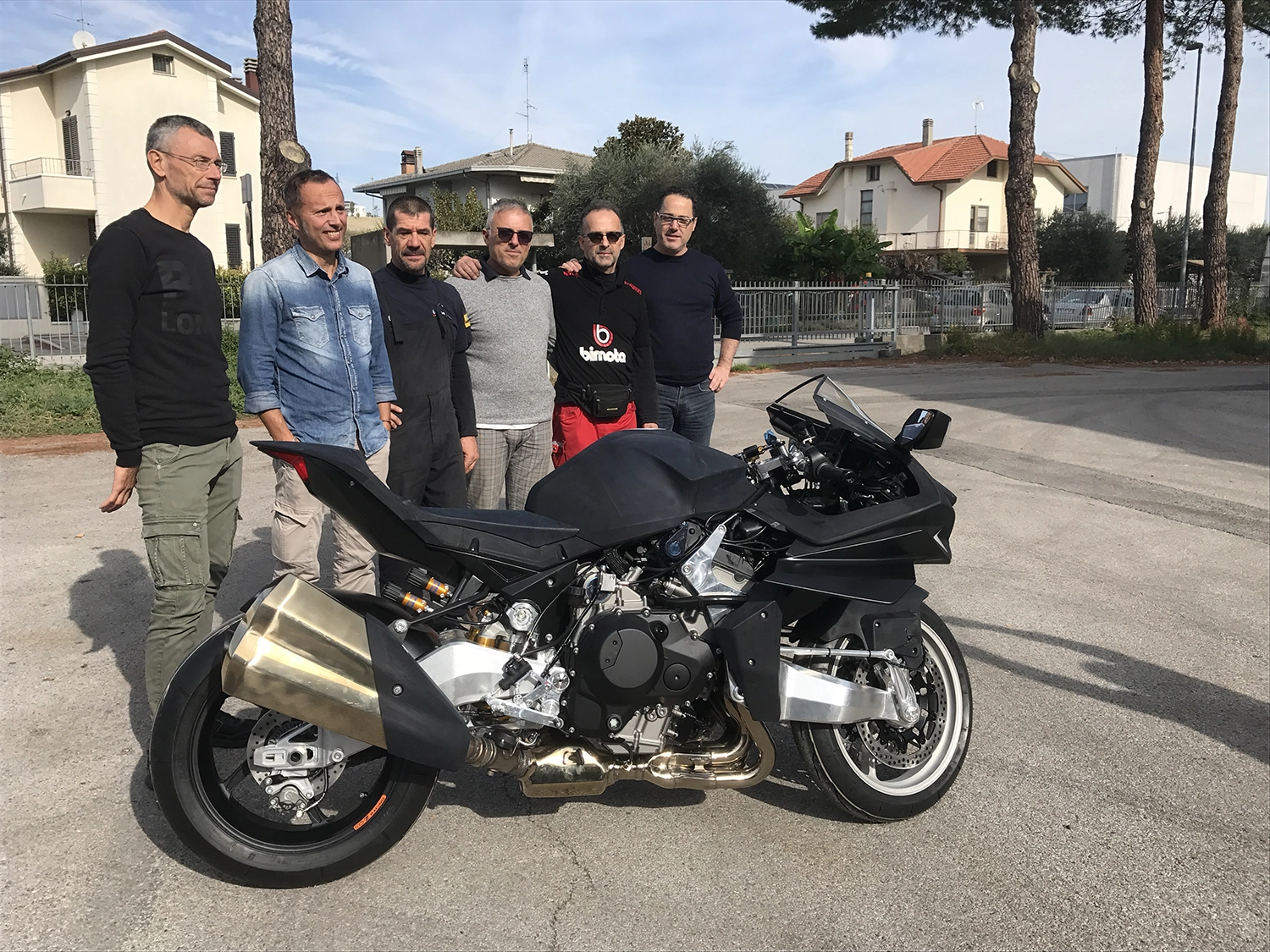
The Bimota staff with the prototype of the Tesi H2
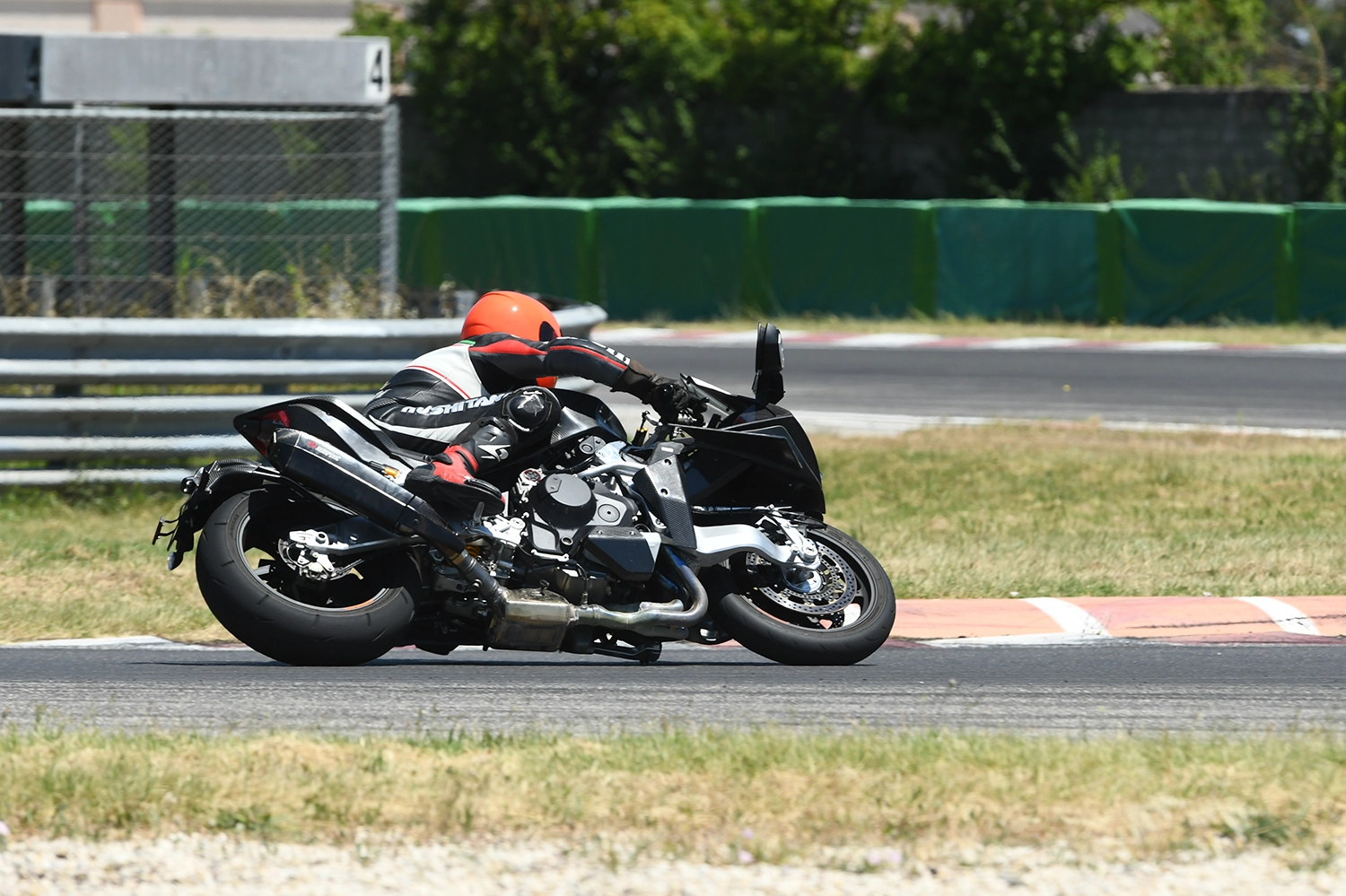
Track testing with the Tesi H2
Prosilas’ 3D printing also works on the track.
For a company like Bimota, the result is evident in on-track testing: “When you book a test day and organize the trip for some engineers from Japan,” explains Marconi, “you cannot afford a component delivery failure. A test day can cost us tens of thousands of euros, and today, no one is willing to squander such an investment.”
Therefore, it is necessary to find a partner capable of producing even the most complex components, which are challenging to develop solely based on fluid dynamics simulation. The multiple variables at play, such as air temperature or flow direction, make it more practical to design a high-quality 3D file for practical testing on the road
And this is where Prosilas’ rapid prototyping proves reliable and valuable. “Once we designed some body parts and ducts, we obtained the printed pieces in a day and tested them,” explains Marconi. “The use of Nylon loaded with glass fiber (PA12 GF) is ideal in terms of mechanical strength and resistance to high temperatures. Some parts are indeed very close to the exhaust system or radiators and need to endure for a long time, providing us with useful data to understand if we are on the right track. Additionally, it is a material that does not deform, a very useful characteristic when used for the coupling of body parts.”
Tesi H2 marked the beginning of a path entirely dedicated to 3D for Bimota. With the KB4, featuring an appealing Vintage Inspired appearance, Prosilas’ additive manufacturing allowed, for example, the creation of a complex air duct system. TERA, the latest addition from the Rimini manufacturer, stood out at the last edition of EICMA – Milan, thanks to two exclusive kits, which will soon be updated with additional aerodynamic appendages.
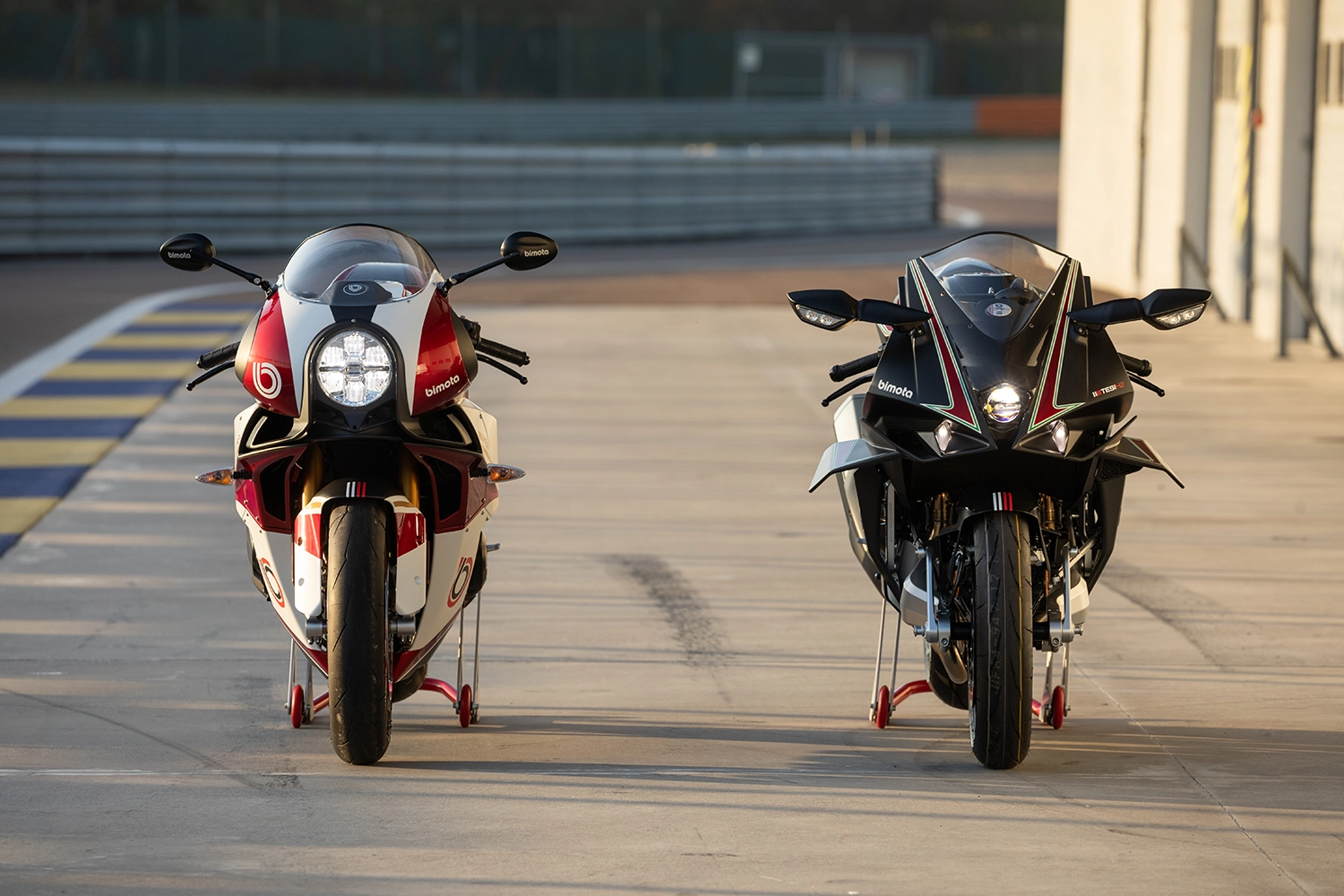
Frontal view of Tesi H2 and KB4
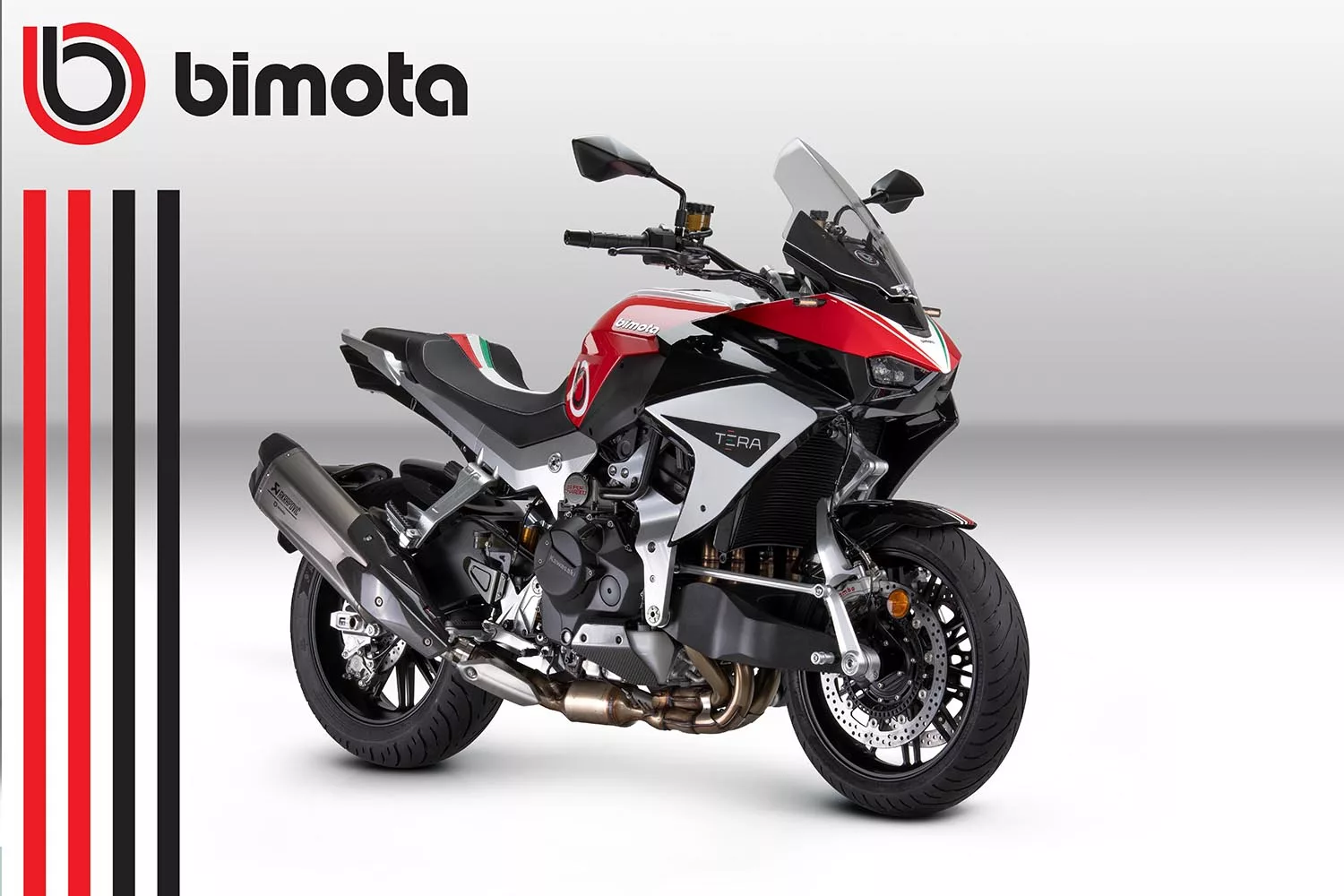
Bimota Tera
The respect for established timelines
For Bimota, the initial experience with 3D printing was not immediately positive. “We had worked with suppliers who sent us deformed components, out of tolerance, some even delaminated,” admits Pierluigi Marconi. ‘So the benefits of rapid prototyping were nullified because if you have to intervene on a piece and it doesn’t perform as expected in tests, you can’t know if the fault lies with the design, the material, or the printing. Also, for this reason, in my opinion, the cost factor is secondary: spending 10% less but having parts that do not meet our expectations means wasting money. The same goes for delivery times: if I cannot rely on a supplier, it means it’s the wrong one. When we met the Prosilas staff, on the other hand, we immediately noticed a great attention to our needs and the challenges of our work.”
Another critical detail is related to timelines: while prototyping allows for a reduction in development times, it also demands that the supply chain be absolutely reliable. Another challenge that Bimota and Prosilas have overcome together. “Prosilas is the most accurate and punctual suppliers we have ever had,” concludes Marconi. “We provide them with the file, and we get a delivery timeline that is crucial for us, as we base subsequent activities on it.”
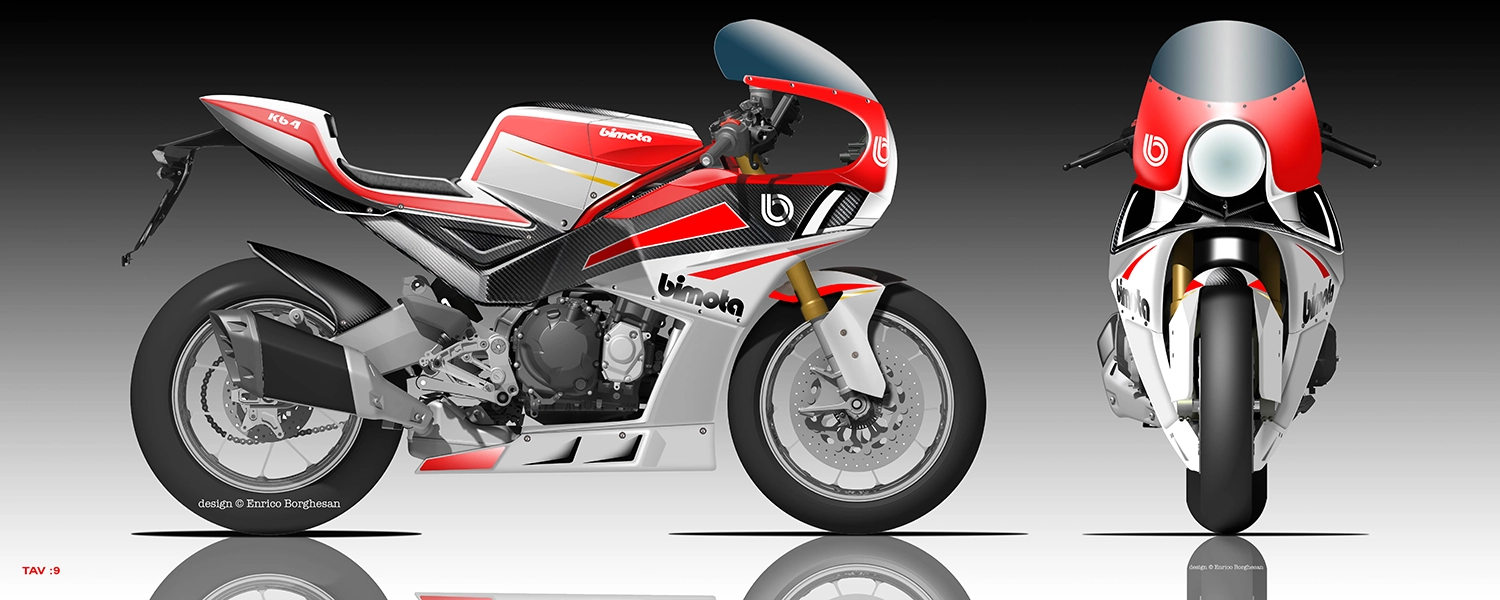
Render 3D Bimota KB4
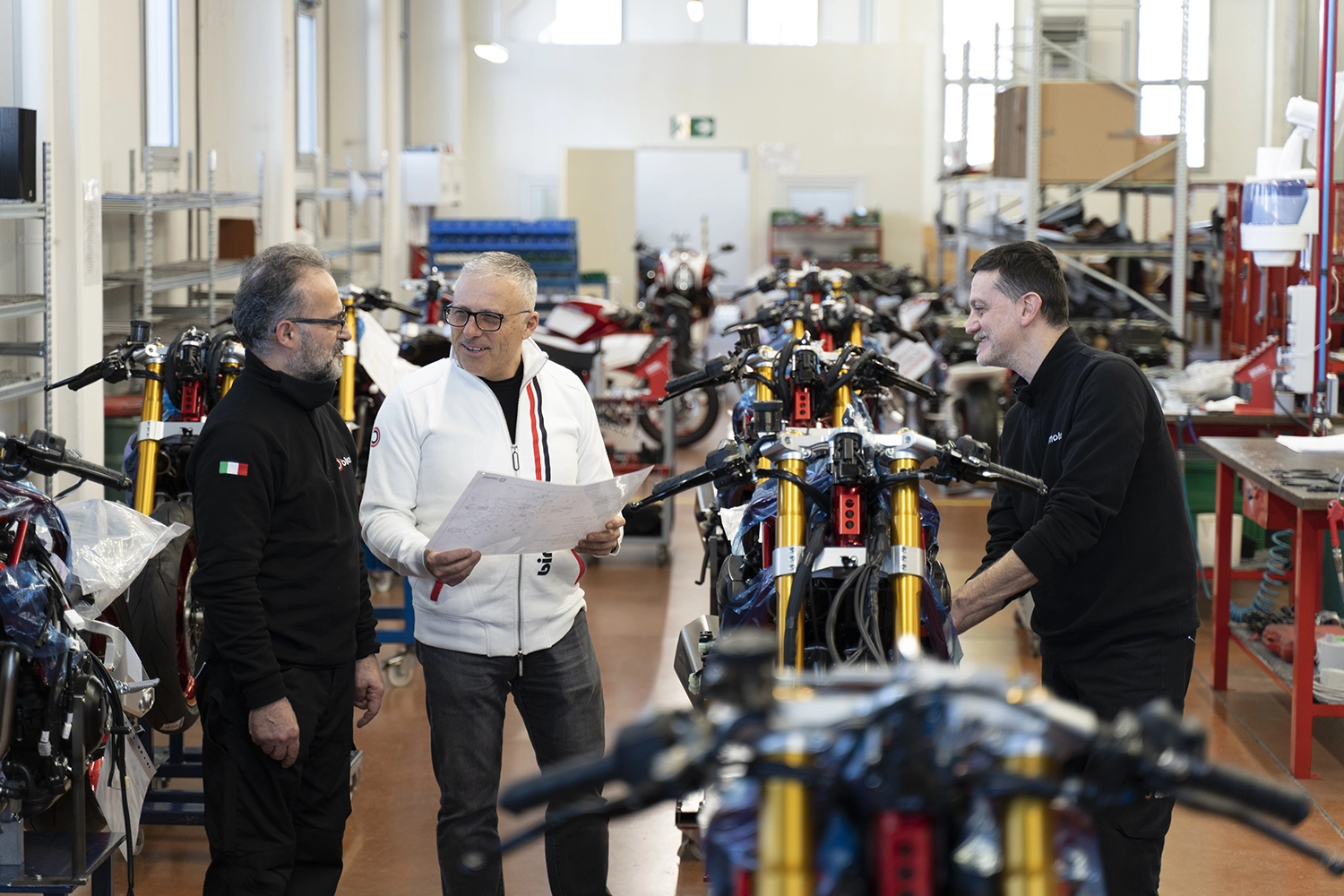
Pierluigi Marconi e his staff
A future full of challenges for Bimota
Now that Bimota designs new models in 3D and leverages the additive technology of Prosilas, both the time and cost of the process have undergone a significant reduction. The company remains in constant search of new ideas and solutions to make further advancements in every aspect: from the performance of their motorcycles to the reduction of development budgets, always keeping an eye on overall timelines.
The expertise and guidance from Prosilas experts can once again prove to be the winning strategy to achieve desired results and solidify Bimota’s success in the market
